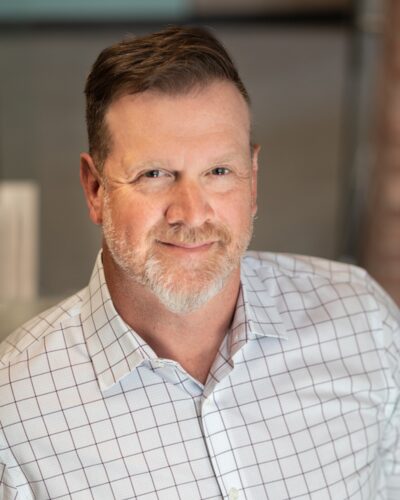March 29, 2021

by Chris Lemon, Senior Community Investment Officer
Maybe it’s my severe case of FOMO (Fear of Missing Out), but I have always equated stagnation with death of creativity. Standing still has always elicited feelings that the world is passing me by, while everyone else moves forward to new and exciting things. I prefer to live my life in constant motion.
For most of my life, this approach has served me well, allowing me to have some wonderful experiences and learn things about myself and the world. However, this changed when I decided to work in the field of philanthropy. After a time, I found myself not enjoying my work — it had become repetitive and lacking in creativity. It was only after an AAACF book club on Layla Saad’s Me and White Supremacy that an understanding began to emerge regarding the impact of perfectionism.
In my opinion, the field of philanthropy approaches grantmaking work through a lens of compliance… aka, perfection. Applications should be flawless with clearly defined outcomes. Once funded, the program must achieve those outcomes and submit a final report that proves how the program was a success. While there is much “action” in this process, I would argue that this is static. Why would an organization try something new and creative if the process was set up to reward those that are compliant with application details? Organizations are better served when applications have easier to achieve outcomes, with final reports that merely rehash the application. In a meeting with nonprofit leaders a few years ago about final grant reports, one executive director called them the “Facebook façade of philanthropy”, where everything is always perfect. This still hits me hard. Philanthropy should not be about façades. It should be about listening, cultivating relationships built on transparency, and informed actions. Only then is there a chance for authentic change.
It wasn’t until I read “A Whole Greater than Its Parts: Exploring the Role of Emergence in Complex Social Change” by Fourth Quadrant Partners, LLC, that I realized there was a solution to static philanthropy. Emergence Strategy has 3 major pillars: 1) Shared line of sight, an agreed upon goal that partners all decide to work towards 2) Freedom to experiment, which lifts up new and innovative thinking/practices, and 3) Returning learning to the system, which normalizes the sharing of what has worked and what has not worked to key stakeholders. This approach is what I was yearning for — tools to challenge the static perfection that so often permeates philanthropy.
So, after two years of integrating emergent strategy into one of the Community Foundation’s largest collaborative grant initiatives, I can sum it up in a single word… hard. Discovery of a shared line of sight with organizations is incredibly difficult, requiring prioritizing a common goal over organizational goals. The embracing of experimental actions are slow, given the years of philanthropic support of the opposite. Returning learning to the system is happening, but it pushes hard on boundaries of organizational vulnerability. Am I hopeful? Absolutely. As we continue to practice emergent strategies alongside our nonprofit partners, the work has changed. New strategies, problems, and solutions are being lifted up and addressed. Long gone is the comfort of replication, replaced by a combination of nervousness and excitement of what is possible. We know what we are working towards, but how we get there is continually changing.

